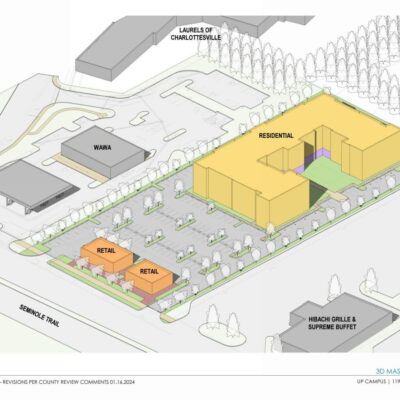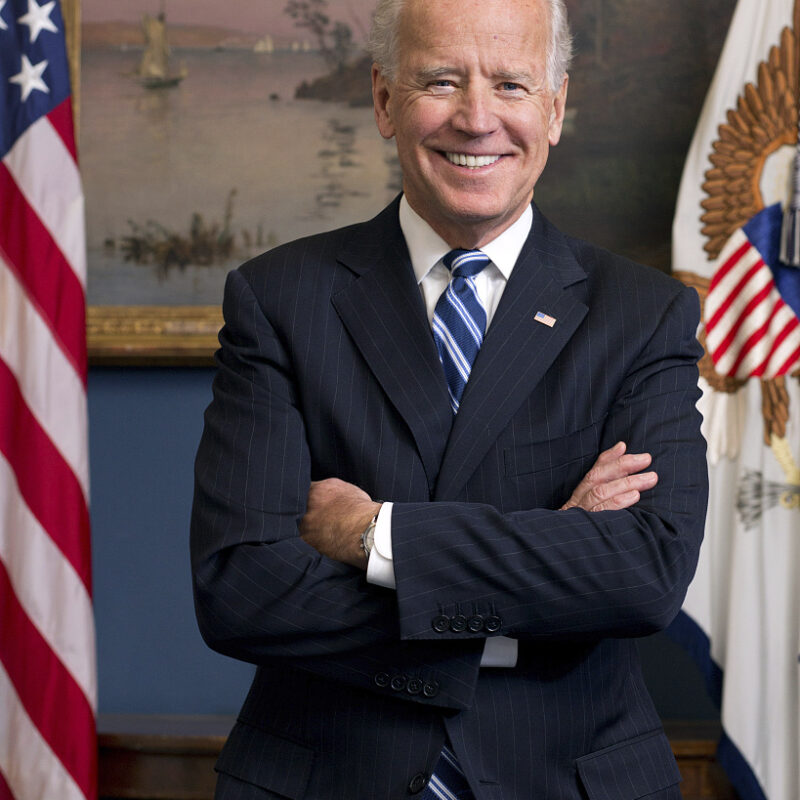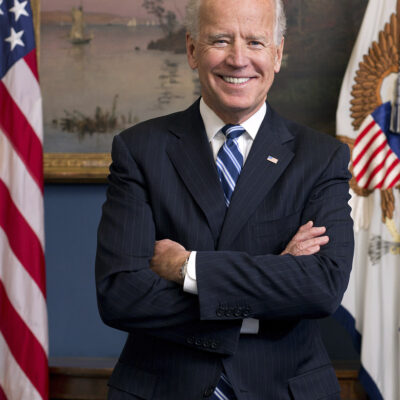“I think we do a terrible job at explaining what engineering is,” says UVA Professor Pamela Norris. When people think of engineers, she says, what they envision is often an unromantic view of machinery.
“A lot of women go into the biomedical sciences and they become doctors because they want to help people,” says Norris. “It’s very easy to see how the medical profession helps people, and it’s not that obvious how engineering helps people.”
As a tenured professor in the Department of Mechanical and Aerospace Engineering, Norris, founder and director of the UVA Microscale Heat Transfer Laboratory and the Aerogel Research Lab, is one of only three female faculty in the department, which has a total of 21 tenure and tenure-track faculty.
|
Pamela Norris, one of only three tenured or tenure-track faculty in her engineering department, advises would-be female engineers, “Carefully choose your spouse.” |
Although the numbers of female faculty and students in the School of Engineering and Applied Science are low, they are, according to Norris, above the national average.
“Things are changing, but slowly, that’s the problem,” she says. “Especially at the undergrad level, the numbers have been stagnant now for a while.”
According to UVA data, last fall women made up only 28 percent of the 2,134 undergraduate students enrolled in engineering. For graduate students, the gap is even wider, with only 24 percent of 664 students. But the numbers are promising compared to Virginia Tech, where only 17 percent of the engineering school students were women in spring 2008.
For faculty, the numbers are even lower: women make up only 14 percent of full time faculty, and only 12 percent of tenured faculty.
“We have had no problems with getting faculty promoted once they are here,” says James Aylor, dean of the School of Engineering and Applied Sciences. “I think the University does a very good job at mentoring women.”
The problem, he says, lies in recruiting from a smaller talent pool, and often finding a job for the trailing spouse. “But we have had success with faculty designing their career around their family,” says Aylor.
Yet those in school now don’t express as much concern. Hiba Hashmi, a junior civil engineering major and President of the Society of Women Engineers (SWE), says the stigma of being a woman in engineering is a thing of the past.
“I think we started out with the nurses and the doctors, and now we can take on engineering, too,” she says.
Meredith Elrod, second-year graduate student in the engineering physics program, agrees. “I have always been in groups where I was the only woman or one of the very few women in class,” she says. “I am just used to that, so that I don’t ever feel that I am singled out. I feel that I am one of the guys.”
But for Norris, it all goes back to early education. She decided to become an engineer in fourth grade after a visit to a NASA-sponsored lab. But her personal journey is rather rare.
“We have a bad PR issue,” says Norris. “Name a TV show with a normal looking engineer. …You have gorgeous lawyers, with exciting lifestyles, great doctors, but no engineers. We need a ‘House’ equivalent for engineers.”
Although junior systems engineering major McKinsey Bond agrees that high school education does not prepare for a career in engineering, she believes that a generational shift among women has occurred.
“I didn’t come into engineering to become a strong woman,” she says. “It was just something that interested me, and I haven’t felt wronged by it at all.”
The drop in graduate enrollment is due, in part, to a personal choice. “I think a lot of female engineers are looking more for a career path,” says Hashmi.
For others, it’s motherhood. When she was first hired in 1994, Norris attended a luncheon with all female faculty in engineering. “I left so depressed because talking to them, nearly all of them had stay-at-home husbands,” she says.
“I had to go to D.C. to find a husband, but I am happy to report that I found a husband who stays home, he trades futures and options and has the flexibility to work from home.” The best advice Norris can give is to “carefully choose your spouse.”
But regardless of what has driven women to enter the field, she says the key is support from fellow engineers: “Society as a whole will benefit from having more women in the engineering field. I do see myself as the role model to show people what is possible.”
C-VILLE welcomes news tips from readers. Send them to news@c-ville.com.






